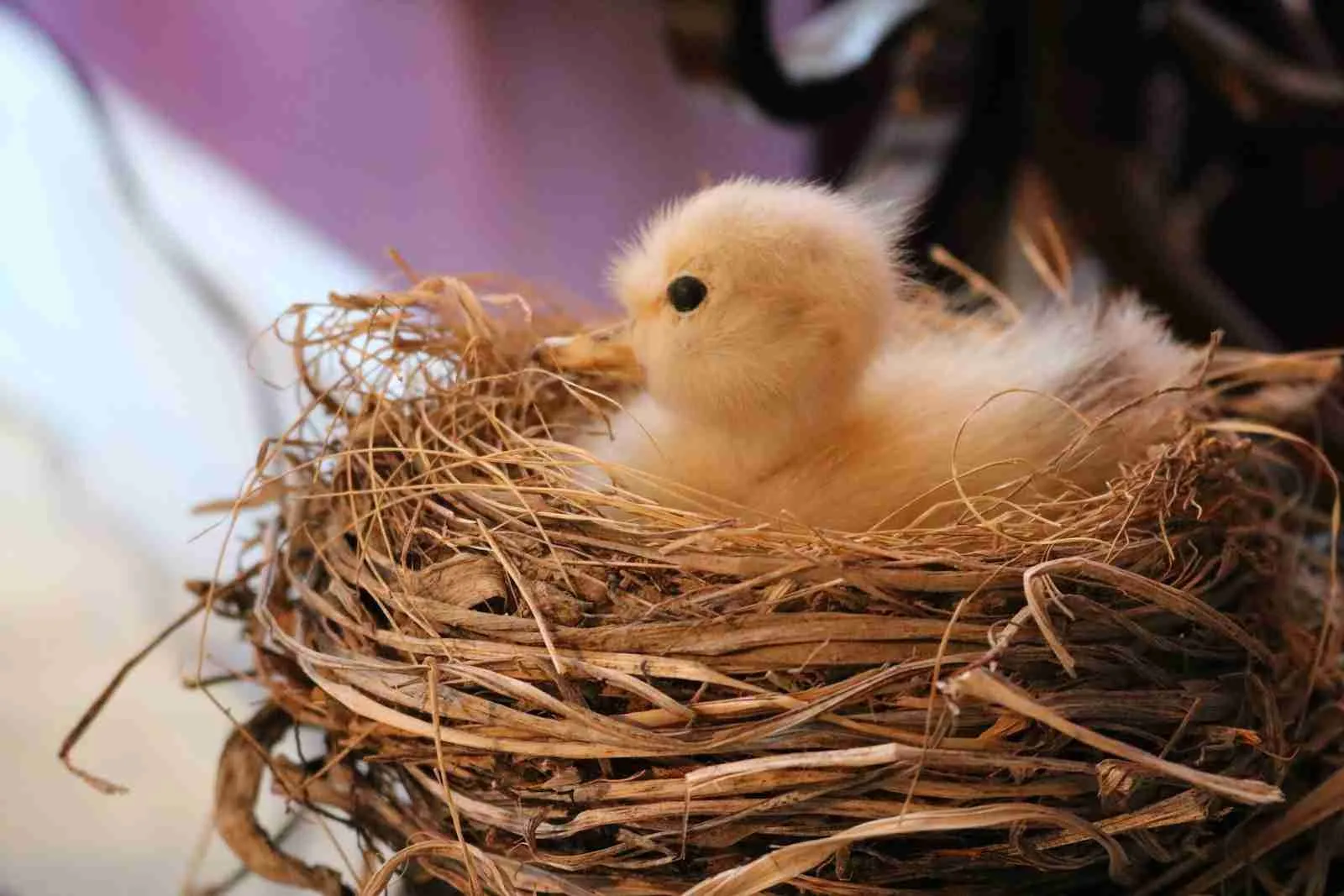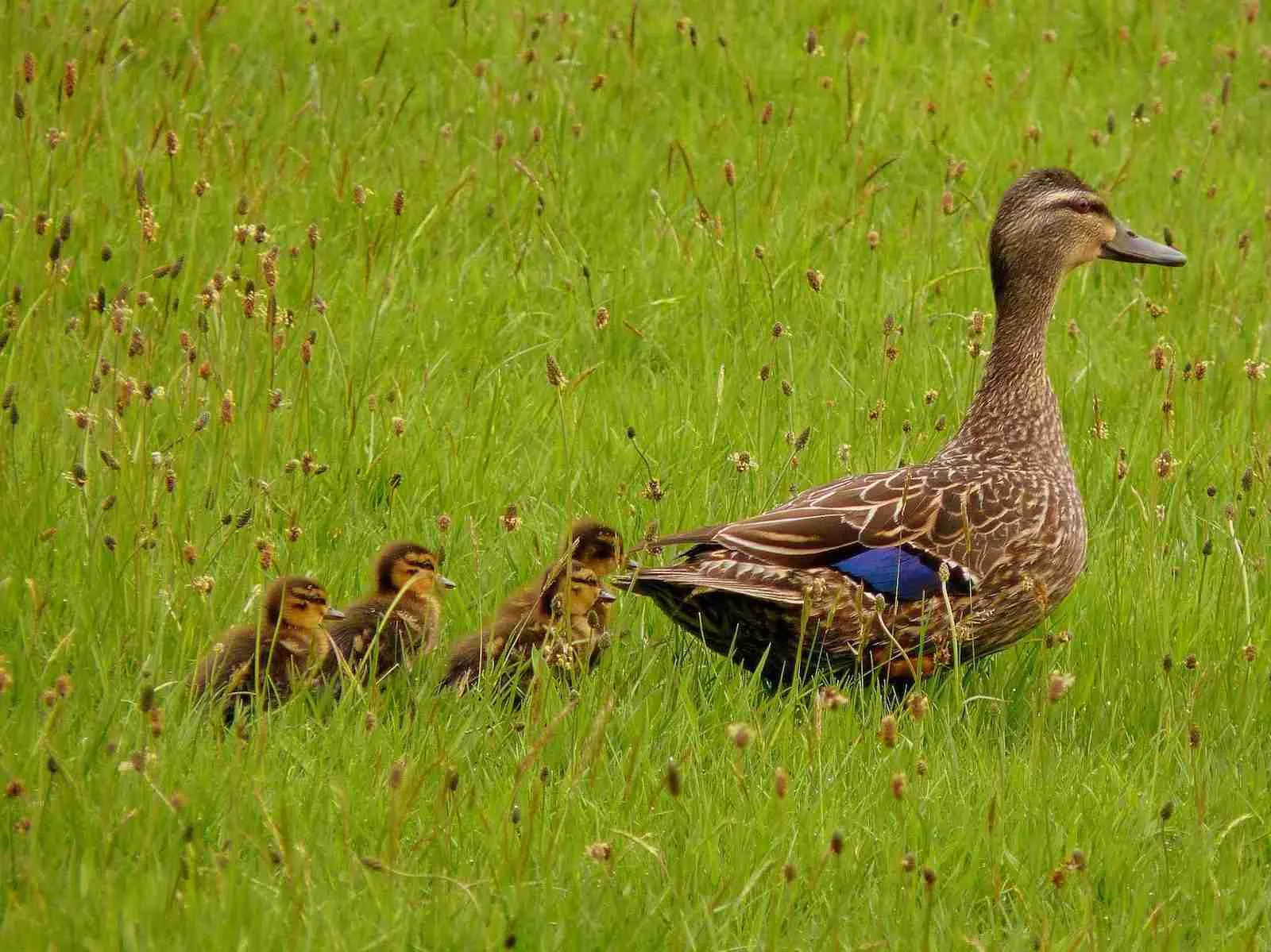Have you ever wondered just how fast a duck can fly? Well, you’re not alone. Many people are fascinated by these amazing birds and their unique abilities to not only swim but also take to the skies with ease.
As they gracefully glide across bodies of water or soar through the air, it’s hard not to be captivated by their seemingly effortless movement.
In this article, we’ll dive into the world of ducks and explore their impressive flight speeds. We’ll discuss factors that influence their aerial prowess, such as species differences and environmental conditions, as well as debunk some common misconceptions surrounding these fascinating fliers.
So buckle up – we’re about to embark on an exciting journey through the sky at breakneck (or should we say break-beak) speed!
Understanding Duck Aerodynamics
To comprehend how fast a duck can fly, we must first delve into the fascinating world of duck aerodynamics.
A critical aspect of their flight capabilities lies in their unique wing morphology and methods of propulsion.
Ducks have evolved to develop powerful muscles and specialized wings that allow them to navigate through various environments with ease.
Their strong breast muscles provide the necessary force for efficient flapping, while their streamlined bodies reduce air resistance as they soar effortlessly through the sky.
As we further explore these amazing creatures, it becomes apparent that numerous factors influence their flight speed, leading us seamlessly into our next section focusing on those specific elements shaping just how swiftly ducks can travel.
Factors Influencing Flight Speed
Having explored the intricacies of duck aerodynamics, it’s essential to consider how various factors can influence a duck’s flight speed.
Flight obstacles such as wind resistance and turbulence play significant roles in determining their velocity. Additionally, ducks must navigate through these barriers while maintaining energy efficiency, which may impose certain speed limitations on them.
Furthermore, each duck species possesses unique physical attributes that affect their overall flight capabilities. With this understanding, let’s delve into the variations among duck species to further comprehend how these differences impact their flight speeds.
Variations Among Duck Species
Like a symphony of varying instruments, not all ducks are created equal when it comes to their flight speed and capabilities. Duck migration serves as an excellent opportunity for species comparison in terms of flying prowess.
Some duck species like the Mallard can reach speeds of up to 40-60 mph (64-97 km/h), while others such as the Teal might fly at slightly slower top speeds. Various factors, including body size and wing shape, contribute to these differences among duck species. Understanding these distinctions is crucial when studying these fascinating birds and their migratory behaviors.
Let’s now turn our attention towards how environmental conditions impact a duck’s ability to take flight and navigate through its journey.
Environmental Conditions And Flight
Wind speed affects a duck’s flight; when it’s high, the duck can’t fly as fast.
Air pressure can also influence a duck’s speed; when it’s low, the duck can fly faster.
Temperature’s a factor too; when it’s cold, the duck won’t be able to fly as fast as it can when it’s warm.
Wind Speed
Imagine you’re a duck, soaring majestically through the sky with your fellow feathered friends.
Wind resistance plays a vital role in determining how fast you can flap those wings and reach your destination.
When comparing speed capabilities of ducks to other birds, it’s essential to factor in wind speeds that they might encounter during flight.
A strong headwind could significantly slow down their velocity while a powerful tailwind would give them an extra boost, allowing for quicker travel times.
In any case, understanding these environmental impacts on flight will help us appreciate the true agility and adaptability of our web-footed aviators.
Air Pressure
As we’ve seen, wind resistance plays a crucial role in how ducks and other birds navigate through the sky. But it’s not just about the speed of the air around them; let’s consider another force at play – air pressure.
Air pressure is an essential factor for our feathery friends to take into account when flying high above us. The higher they go, the more significant the altitude impact on their bodies, requiring efficient pressure adaptation mechanisms to maintain optimal performance during flight.
By adjusting their internal systems as needed, these astonishing creatures can continue soaring gracefully even under less-than-ideal atmospheric conditions, showcasing their remarkable resilience and adaptability once again.
Temperature
In addition to air pressure, temperature is another key factor that affects a bird’s ability to fly.
As they ascend into cooler altitudes during their journey, ducks must contend with the challenges of thermal regulation in order to maintain a consistent body temperature.
This becomes particularly important during duck migration when birds traverse vast distances and encounter various climates along the way.
By employing an effective system of insulation and heat exchange within their bodies, these avian navigators can successfully manage fluctuations in external temperatures while maintaining optimal internal conditions for flight performance.
Thus, we see yet another example of how adeptly our winged friends have evolved to conquer the elements as they soar through diverse environments on their awe-inspiring journeys across the sky.
Debunking Myths Surrounding Duck Flight
There are several duck misconceptions circulating, especially regarding their flight capabilities.
Contrary to popular belief, ducks have impressive abilities when it comes to flying. Although they may not be the fastest birds in the world, some species of ducks can reach speeds of up to 50 miles per hour (80 kilometers per hour) while migrating or traveling long distances.
This demonstrates that these waterfowl do not experience significant flight limitations as is often assumed by many people.
It’s essential for us to educate ourselves about the true nature and characteristics of these fascinating creatures and dispel any false information we might encounter.
Frequently Asked Questions
Do Ducks Migrate Long Distances Like Other Birds, And How Do Their Flight Speeds Compare During Migration?
Ducks indeed migrate long distances like other birds, with their flight speeds being influenced by factors such as duck aerodynamics and migration patterns.
While some ducks travel thousands of miles during migration, others may only move short distances to find suitable habitats.
The streamlined body shape and wing design of ducks play a significant role in their ability to fly efficiently over extended periods.
In general, the speed at which ducks can fly during migration varies depending on the species; however, they usually maintain an average pace of around 40-60 mph while migrating.
This impressive feat is accomplished through intricate interactions between their physical adaptations and environmental conditions along their migratory routes.
How Do Ducks Maintain Their Energy Levels During Long Flights, And Does This Affect Their Overall Flight Speed?
Ducks maintain their energy levels during long flights by employing energy conservation strategies and improving flight efficiency.
They do this through several methods, such as flying in a V-formation to reduce air resistance and take advantage of the updraft created by other birds in the group.
Additionally, ducks have specialized muscles and body structures that allow them to sustain continuous flapping with minimal fatigue.
These adaptations not only help conserve energy but also contribute to maintaining consistent flight speeds throughout their migration journey.
What Are Some Unique Challenges Or Advantages Ducks Face In Their Flight Abilities Compared To Other Bird Species?
Ducks face unique challenges and advantages in their flight abilities compared to other bird species, largely due to their distinct duck aerodynamics and wing adaptations.
These features provide ducks with impressive maneuverability both on water and in the air, allowing them to take off almost vertically from a standstill or effortlessly glide above a water surface.
However, these same attributes can also pose some difficulties for ducks as they require more energy expenditure during sustained flights than many other birds, making long-distance migrations particularly challenging.
Nonetheless, ducks have evolved various strategies to overcome these hurdles, such as adopting specific flying formations that help conserve energy and maximize efficiency during extended journeys.
How Do Ducks’ Flight Speeds Change As They Age, And Is There Any Difference In The Flight Speeds Of Male And Female Ducks?
As ducks age, their flight speeds may vary depending on factors such as physical condition and experience. One interesting statistic is that a duck’s flight speed can reach up to 50 miles per hour when they are in optimal health and conditions.
The aging impact plays a role since older ducks might not be able to achieve the same speeds due to declining muscle strength or other age-related factors. Likewise, gender differences do exist in some duck species; for example, male Mallard ducks tend to be slightly larger than females, which could potentially affect their flight capabilities.
However, these variations in size are generally small and may not lead to significant disparities in the overall flight speeds of male and female ducks.
Are There Any Specific Behaviors Or Techniques That Ducks Use To Increase Their Flight Speed, Such As Flying In A Particular Formation Or Pattern?
Ducks, like many other birds, employ specific behaviors and techniques to increase their flight speed and optimize their energy use during migration.
One such technique is flying in a V-formation or echelon pattern, which takes advantage of the upwash generated by the wingtips of the bird in front, thereby improving duck aerodynamics and reducing drag for those following behind.
This formation allows ducks to maintain higher speeds with less effort than if they were flying solo.
Additionally, ducks may adjust their body posture to reduce air resistance or alter their wingbeat patterns to adapt to varying wind conditions, resulting in speed variations that enhance their overall efficiency while airborne.
Conclusion
In conclusion, ducks are truly fascinating creatures with their remarkable ability to fly at impressive speeds and cover long distances during migration.
Their unique flight abilities set them apart from other bird species, making us admire these feathered friends even more.
So next time you spot a duck taking off for its journey or just flying around your local pond, take a moment to appreciate the incredible speed and endurance these birds possess.
Who knows, perhaps observing their techniques might inspire you in overcoming challenges of your own!

An avid ornithologist, zoologist and biologist with an unwavering passion for birds and wild animals.
Dr. Wilson’s journey in ornithology began in childhood and led him to obtain a Ph.D. in Ornithology from the prestigious Avian Research Institute. He has worked closely with renowned experts in the field and conducted extensive research and field studies globally.


